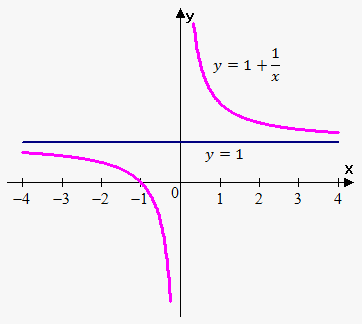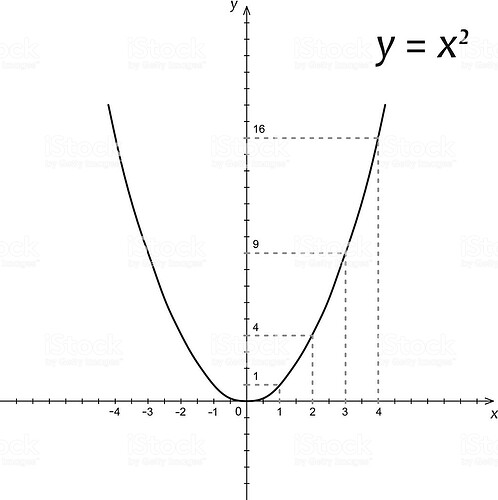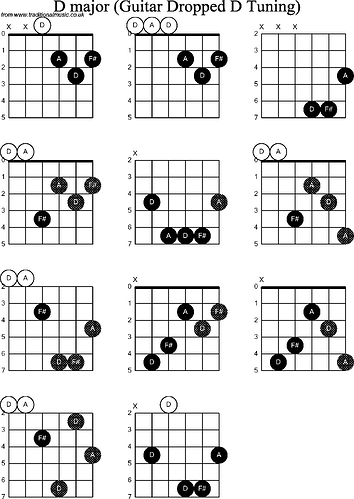Play E and Bb a bunch of times on your piano, then listen for that sound in the upper harmonics
Ok … so I’m 38 posts behind this thread but I’ve been following it via email notifications on my phone. Interesting stuff.
So I’m going to browse a pick a few spots that especially caught my attention
To me … this is interval inversion… been around since Bach and before… am I missing something?![]()
This really caught my attention! ![]() I see this as a useful tool for visualization of chord relationships in a graphic or geometric manner. I can imagine other symmetrical patterns that could be applied to the grid. I can also imagine other note sequences applied to the nodes. For example quarter harmony instead of triads.
I see this as a useful tool for visualization of chord relationships in a graphic or geometric manner. I can imagine other symmetrical patterns that could be applied to the grid. I can also imagine other note sequences applied to the nodes. For example quarter harmony instead of triads.
Lots to ponder here!
It’s similar to invertible counterpoint but different in that Bach would spit on negative theory and stab someone for monkeying around with God’s perfect mechanics of harmony.
Negative theory differs because it looks at the relative frequency and flips the ratio of relationship and can depart the scale or mode, whereas invertible counterpoint looks for the same movement in contraposed directions within the same scale or mode.
Take a parabola’s negative set values, right?
Those are like invertible counterpoint.
Still part of the parabola, just on the negative set of movements.
Now consider a hyperbola’s connected components or branches.
These are essentially each a parabola which perfectly mirror each other, and in each you have a negative set and positive set of interval movement possible.

So in negative theory, you have a scale (S1), for example, and you have a negative scale of it (S2) - it’s mirrored parabola.
In each scale, however, you can apply invertible counterpoint such that you have S1 {0,…n}, {0,…-n} and S2 {0,…n}, {0,…-n}.
Meanwhile in invertible counterpoint, you have one scale with two sets: positive interval direction; negative interval direction. S1 {0,…n}, {0,…-n}.
Does that help?
Cheers,
Jayson
So after studying more and looking at other things I have a new idea that works with both the “negative harmony” idea and the overtone series.
But I’m not fully through the negative harmony
Book yet, wanted to look more into the overtone series.
So (starting with the basics)
A C Maj chord is C E G C
The first 6 tones produced in the over tone series for the C0 note is
C0 -C1 -G1 -C2 -E2 -G2 -C3
So the C Maj chord is (to me) confident, outward and strong. By playing the notes C E G C of a C major chord, you are reproducing what is found in nature, you are voicing the over tone series.
Keep this in the back of your head. The tone C is not found in the over tone series of E or G. Save this.
Now to the “negative harmony” side.
Our same tone of C is found however in 3 other notes overtone series
Those notes are F, Ab, Bb.
Adding a C note you get the F, Ab, C chord, or F minor
The reason I came up with for minor chords working really well is that all of the notes in F minor chord contain the tone C in the overtone series.
By playing the notes F and Ab, you have two sources producing the note C in there overtone series. Add an additional C and now you have all three notes in one way or another producing the tone C.
This to me produces a timid or inward feeling effect compared to playing C Maj.
And to me F minor is pointing secretly to C, and if you resolve F minor with a C major chord, they go really well together.
Just a short little recap, while one chord voices the overtone series of C Maj, the other chords notes produce the C tone in their overtone series.
This is my idea let me know what you think of it
I just herp derp till it matches what it sounds like in my head, but never come across the idea of negative harmonies which is interesting might experiment with the idea later on thanks for the info @brogner, and @Jayson, and whoever else contributed to this of whom I did not mention
I see your point but I’m not so sure Bach would disapprove entirely.
Counter to most people’s understanding, Bach’s “Well Tempered Clavier” was not about our current standard of Equal Temperament. At the time, keyboard tuning was “tempered” to where it was possible to play in any key but every key had it’s own “flavor.” The whole purpose of “Well Tempered Clavier” was to demonstrate examples of how to take advantage of (or avoid the pitfalls of) all those individual “flavors” in a given composition.
He likely would have appreciated the physics but would have considered “Negative Theory” contrived and not practical for use in music.
It’s interesting that we (me, you and @Brogner) are using it to find new ways to create harmonic progressions within Equal Temperment, while (for the moment) ignoring the pure physics. I believe Bach would have laughed at this as “using your eyes instead of your ears” to compose.
But obviously the theory of harmony has moved way past Bach’s limited view, where intervals of sevenths and seconds were all considered dissonant.
You can still use the theories or ides discussed with instruments other than the piano (thinking fretless stringed instruments and voice) and achieve a more harmonically pleasing sound. The piano does just fine too.
And I think that they did have the study of the overtone series examined pretty well by Bach’s time. I’m using the same thing, but just have a spectrograph instead of a monochord and slide.
All true my good man ![]()
Ye gods. Fantastic read. Had a moment of revelation reading some of the theory and realised what my piano teacher was trying to tell me 20 years ago.
Thanks for this thread!
That’s basically my position.
Cheers,
Jayson
Anyone have examples of chord progressions used in metal…I assume it’s a mixture of everything?? Jazz chords…major minor…diminished augmented…and negative harmonies???
There is a variety if you just say “metal”, because that’s like saying, “EDM”.
But…you can’t go wrong with E, A, F, F# minor, mixolydian, or dorian scales and just thrashing on each chord.
It also helps to stick to 5ths (power chords), or the root and octave leaving the 5th out, on each instrument and make your variants by having instruments differ on their 5th or octave chords, or having the bass sometimes express the variant.
This got Metallica through to the 90’s for the most part, so it works fair enough.
If you want newer thrashy metal, do the same thing basically, but drop every note by 4 intervals.
If you want a Korn sound, then drop like said above, but minor the 5th note of every power chord…ish.
If it sounds like a car or jet engine roaring through speeds, or an industrial plant accident, then you’re on track.
Cheers,
Jayson
I have an app on my phone called chordProg2 and it’s really good. It helps you understand chords a lot more. It’s good becauz you’re being forced to listen, not just to simple chords but chords used in music.
At 1:56 you hear the last 3 notes ov the minor scale
![]()
someone noticed!
0.o?
Cheers,
Jayson
That’s a great explanation of the ratios and how they relate to the guitar! It’s fascinating how the mathematical relationships create the musical intervals. The 7th fret producing the perfect fifth of A really shows the harmony between math and music.

